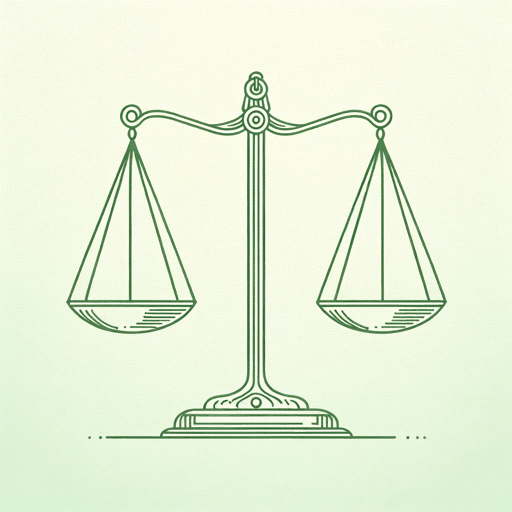51 pages • 1 hour read
Steven Levitt, Stephen J. DubnerFreakonomics: A Rogue Economist Explores the Hidden Side of Everything
Nonfiction | Book | Adult | Published in 2005A modern alternative to SparkNotes and CliffsNotes, SuperSummary offers high-quality Study Guides with detailed chapter summaries and analysis of major themes, characters, and more.
Quiz
How to use
This flexible-use quiz is designed for reading comprehension assessment and activity needs in classroom, home-schooling and other settings. Questions connect to the text’s plot, characters, and themes — and align with the content and chapter organization in the rest of this study guide. Use quizzes as pre-reading hooks, reading checks, discussion starters, entrance/exit “tickets,” small group activities, writing activities, and lessons on finding evidence and support in a text.
Depth of Knowledge Levels: Questions require respondents to demonstrate ability to:
- Recall and Understand Content (e.g., who, what, where, when)
- Apply and Analyze Ideas (e.g., how and why)
“An Explanatory Note”-Chapter 2
1. Which statement best explains the overarching premise of Freakonomics?
A) Conventional wisdom can often be wrong.
B) The simplest explanation is the most likely.
C) Laws don’t make a meaningful difference.
D) Whatever can go wrong, eventually will.
2. Which best defines an incentive?
A) a payment for providing a good or performing a service
B) a monetary fine for breaking the law
C) a moral obligation requiring someone to take an action
D) a motivation for someone to do more good or less bad
3. What are the three types of incentives? (short answer)
4. According to the authors, what are common unintended side effects of incentives? Choose all that apply.
A) a rise in cheating
B) increased mental wellness
C) increased competition
D) increased white-collar crime
E) reduced appeal
5. What is the authors’ claim about “the conversion of information into fear”? (short answer)
6.


